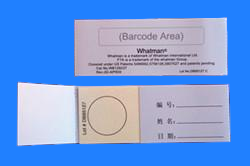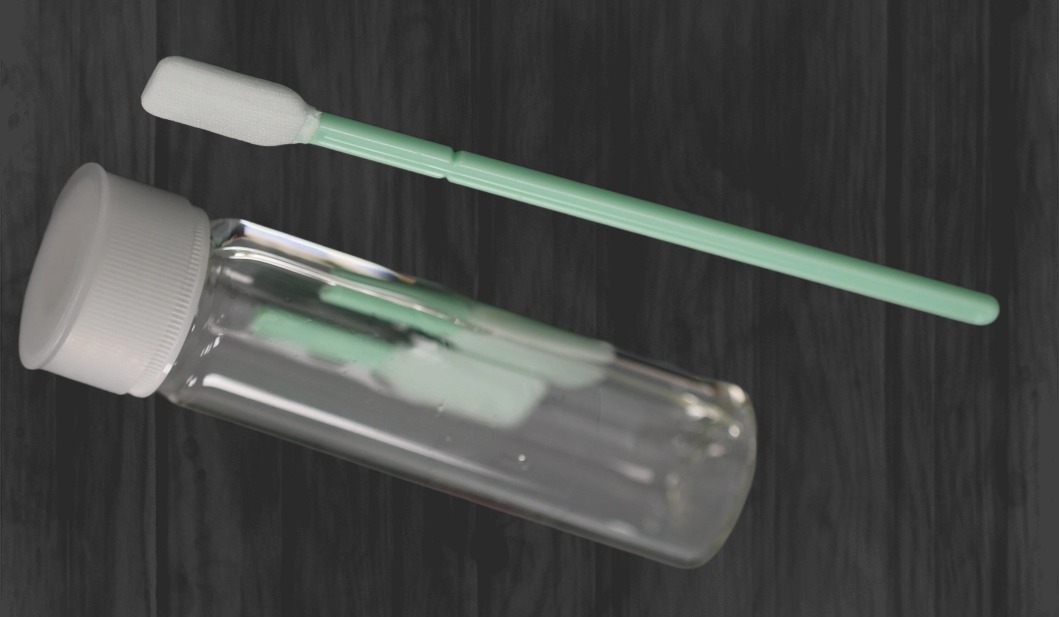Guidelines to Avoid Cross-Contamination of Blood Samples
Guidelines to avoid blood sample cross-contamination are critical for ensuring accurate test results in clinical, forensic, and research settings. Cross-contamination—transfer of foreign material between samples—renders data unreliable, so these protocols focus on sterile practices and strict workflow controls. Core Guidelines Sterile Tool Use: Employ single-use, pre-sterilized采血工具 (needles, vacutainers, lancets); discard after each sample. Hand &... Continue reading→
Sample Information Recording and Management Techniques
Sample information recording and management techniques ensure traceability, integrity, and accessibility of sample data across research, clinical, and forensic fields. These methods combine standardized documentation and digital tools to track samples from collection to analysis, mitigating errors and supporting compliance. Core Techniques Standardized Labeling: Use unique identifiers (barcodes/QR codes) with key info (ID, date, type,... Continue reading→
Field Blood Collection & Submission
Field blood sample collection and submission require standardized protocols to ensure sample integrity, safety, and compliance—critical for remote research, forensics, and public health. These procedures address challenges like limited resources, environmental variability, and transport delays, guiding personnel from collection to lab handoff. Core Standard Procedures Preparation: Gather sterile single-use tools (vacutainers/lancets), PPE, preservatives, and labeling... Continue reading→
Long-Term Preservation and Microbial Protection of DNA Samples
Long-term DNA sample preservation requires balancing stability against degradation and microbial contamination, critical for biobanking, research, and forensic archives. Microbes (bacteria, fungi) secrete nucleases that break down DNA, while environmental factors like moisture and temperature accelerate decay. Effective strategies combine physical storage conditions, chemical protectants, and contamination-control protocols to maintain DNA integrity for years to... Continue reading→
Sterile Single-Use Blood Collectors
One-time use sampling tools have become the gold standard for safe and standardized blood collection across clinical, forensic, and research settings. Designed to eliminate cross-contamination risks and ensure consistent sample quality, these single-use devices replace reusable equipment (e.g., glass syringes, metal lancets) that requires rigorous cleaning and sterilization—processes prone to human error. From needles and... Continue reading→
Enhanced Double-Hole Blood Sample Collection Card Kit Overview
The Enhanced Double-Hole Blood Sample Collection Card Kit is an advanced solution designed to streamline and improve the efficiency of blood sample collection, preservation, and downstream analysis. Building on the foundational benefits of traditional dried blood spot (DBS) cards, this enhanced kit features a dual-hole design that enables simultaneous collection of two independent blood samples... Continue reading→
FTA Cards for Blood Sample Preservation and DNA Analysis
FTA cards (short for “Fixative, Transport, and Analysis cards”) are specialized cellulose-based matrices designed for the long-term preservation of blood samples and subsequent DNA analysis. Developed to address the challenges of traditional liquid blood storage—such as refrigeration requirements, microbial growth, and sample degradation—FTA cards integrate chemical reagents (e.g., chaotropic salts, chelating agents, and antimicrobial compounds)... Continue reading→
DNA Collection Card for Blood Samples
The Standard DNA Blood Sample Collection Card Kit is designed for efficient and reliable collection of blood samples for DNA analysis. The kit includes a specially treated collection card, which absorbs and stabilizes blood samples, ensuring DNA integrity during storage and transport. It is ideal for forensic investigations, genetic testing, and medical diagnostics. The blood... Continue reading→
Tube Technology for Preventing Sample Decay and Mold
Tube technology designed to prevent sample decay and mold growth is critical for preserving the integrity of biological evidence. These tubes are equipped with moisture-resistant seals and anti-mold additives that inhibit microbial growth, ensuring that DNA samples remain viable for long-term storage. They are ideal for storing blood, saliva, and touch DNA collected at crime... Continue reading→
Techniques to Improve Trace Sample Extraction Efficiency
Improving trace sample extraction efficiency is crucial in forensic and DNA analysis, especially when dealing with minimal or degraded samples. Techniques such as enhanced swabbing methods, optimized buffer solutions, and specialized collection tools maximize DNA recovery from trace evidence like blood, saliva, or touch DNA. Advanced filtration and elution methods increase the yield of DNA,... Continue reading→




-双管生物样本采集套装.png)
